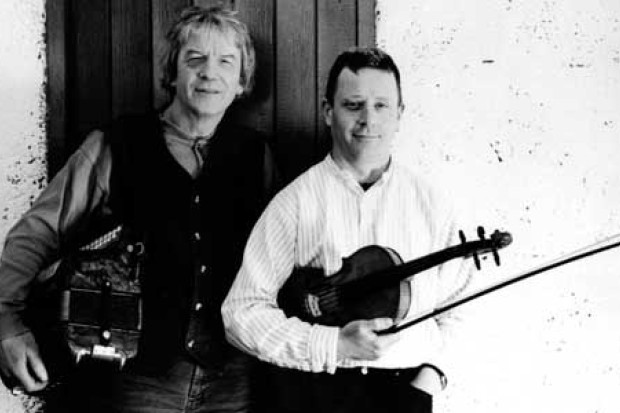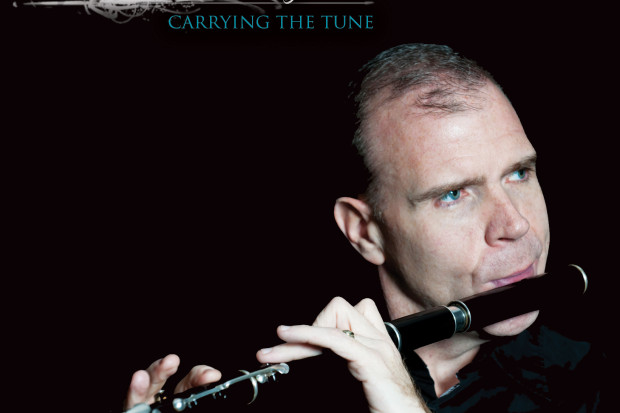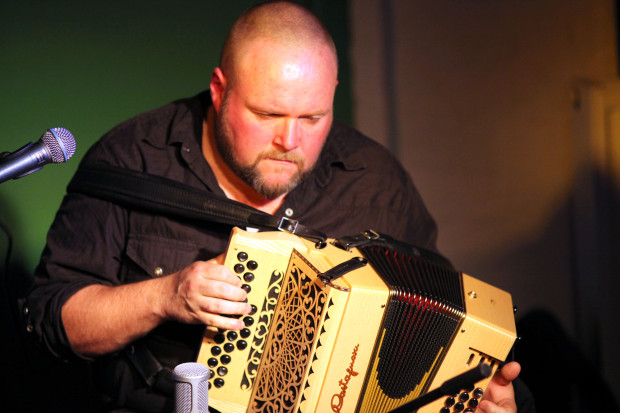Editorial: Comhaltas Culture
The reputation of Comhaltas Ceoltóirí Éireann, the organisation founded in 1951 to promote Irish traditional music, reaches far and wide. Seldom is the rise of this music over the past fifty years mentioned without paying tribute to its global network of branches which have taught hundreds of thousands of children.
Despite its profile, however, for many years Comhaltas’ leadership role in traditional music has been receding, overtaken by the growth of other traditional music educational organisations, independent festivals, weekends and workshops, private teaching and state initiatives. Comhaltas today is a shadow of its once pioneering self. It has been unable to develop with the pace of change in Ireland, to cultivate a culture of dynamism in its organisation which would see it thrive in the twenty-first century rather than struggle.
Central to the challenges facing Comhaltas are the matters of communication, openness and transparency. In its fifty-seven-year history, few can recall a position in the organisation ever being advertised; statistics emanating from Comhaltas regarding its number of branches and classes, and its attendances, never seem to tally with the facts; the names of the members of its Ardchomhairle (Central Executive Committee) are extremely difficult to obtain; in each state initiative over the past decade that attemped to address the issue of support for the traditional arts, Comhaltas positioned itself as a negative force, frustrating progress, refusing to engage openly. Sadly, the word ‘Comhaltas’ in our time has become a byword for intransigence and covertness.
This is unfortunate for the many branches worldwide who continue to provide a fine service to traditional music, but the absence of a culture of openness has meant disaster for the branch of Clontarf in Dublin City. Clontarf was, up until 14th March 2008, one of the largest branches of Comhaltas in the world, and was developing an ambitious new traditional-music venue for the north of Dublin called Clasac. In March, the branch was expelled by the Head Office of Comhaltas over a VAT refund and it has refused to date to engage with the branch to clarify why or to allow an appeal. To judge from the correspondences that the Clontarf branch has posted on its website (www.cluaintarbh.net), this could have been avoided if both parties had engaged in a modicum of constructive dialogue, which is what Clontarf requested. Why is that such a difficult thing to do?
Toner Quinn
Editor
Read more on Comhaltas on our blog.
Published on 1 May 2008
Toner Quinn is Editor of the Journal of Music. His new book, What Ireland Can Teach the World About Music, is available here. Toner will be giving a lecture exploring some of the ideas in the book on Saturday 11 May 2024 at 3pm at Farmleigh House in Dublin. For booking, visit https://bit.ly/3x2yCL8.














